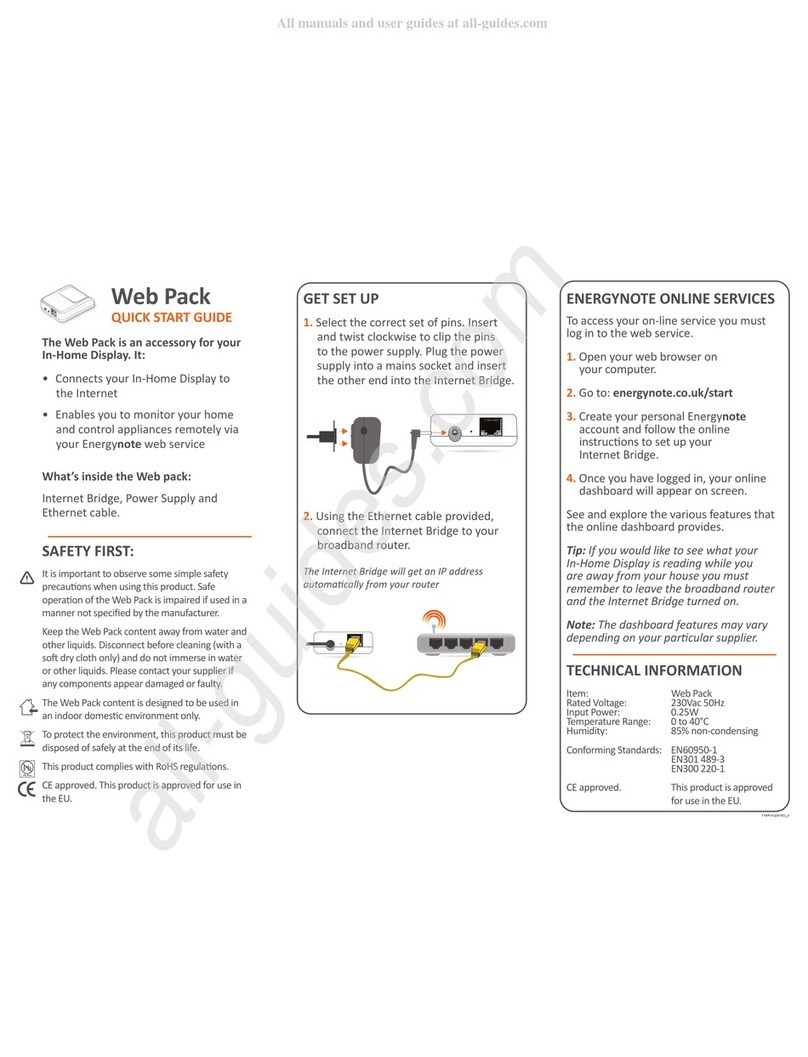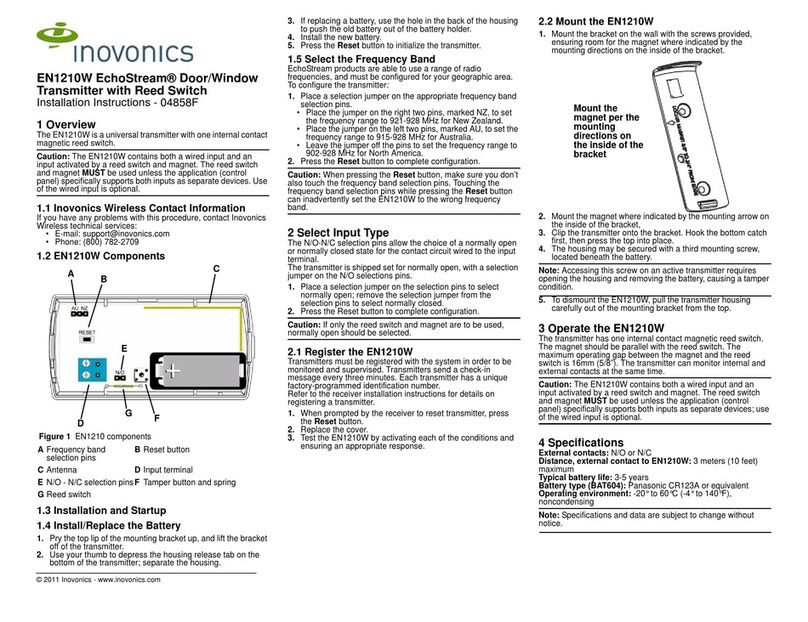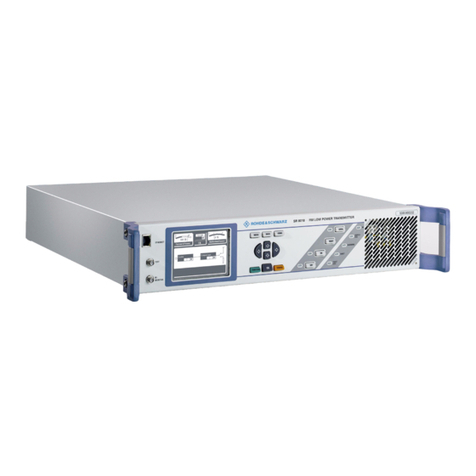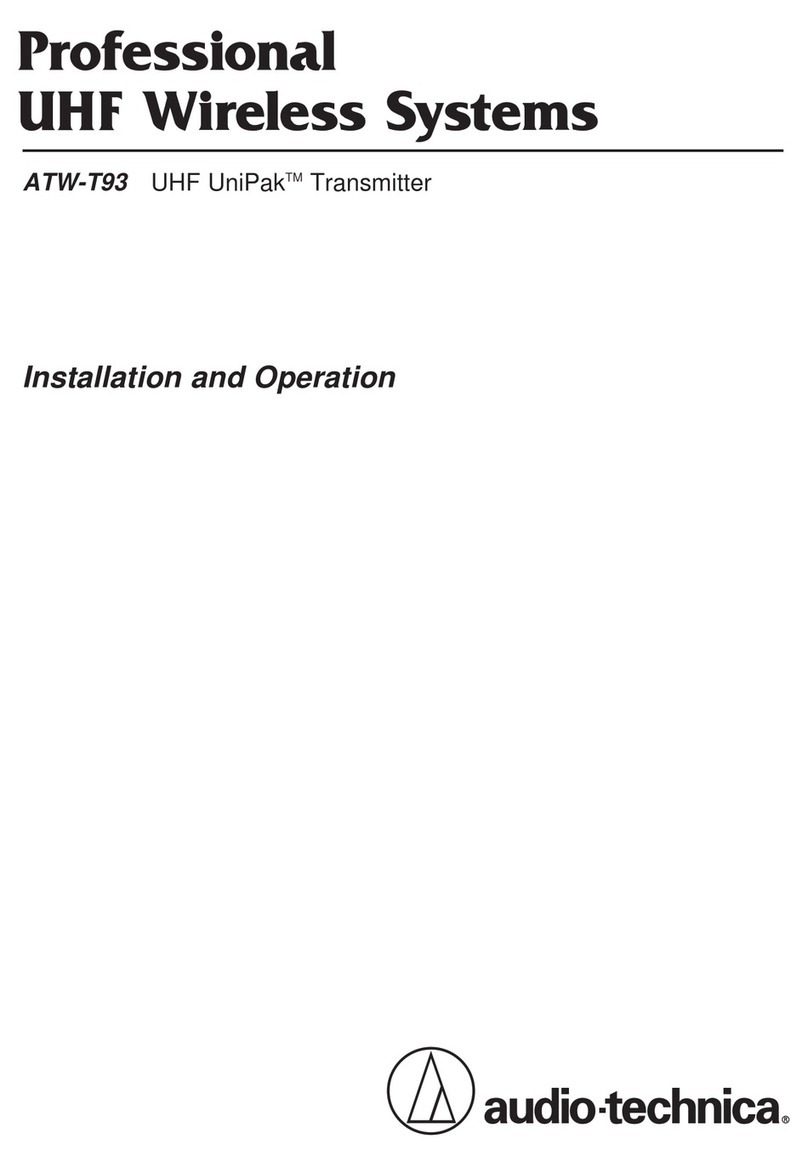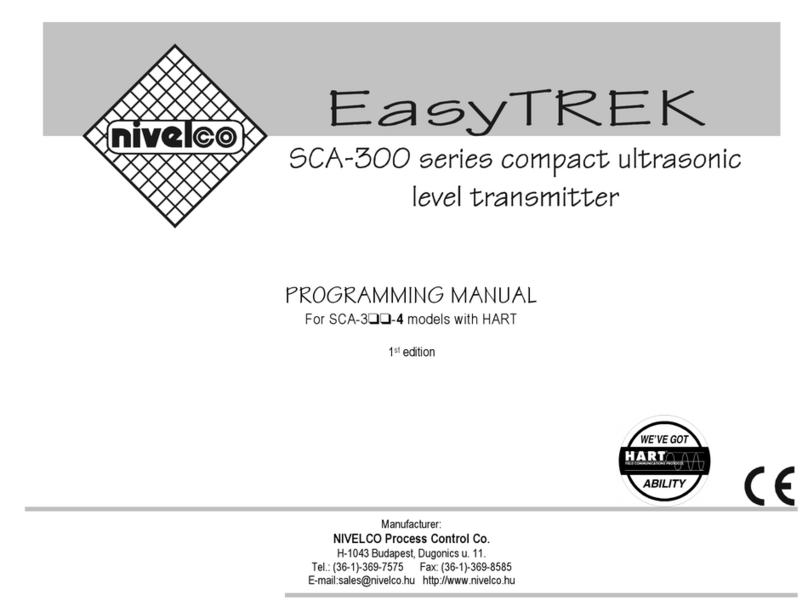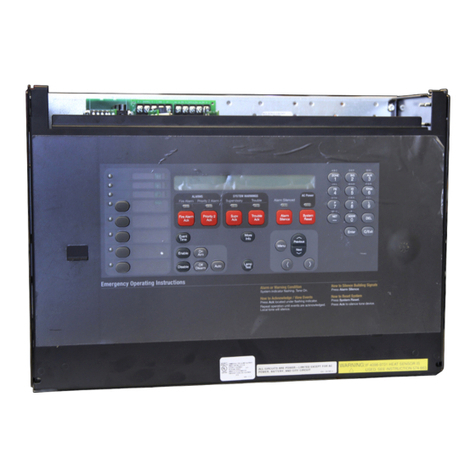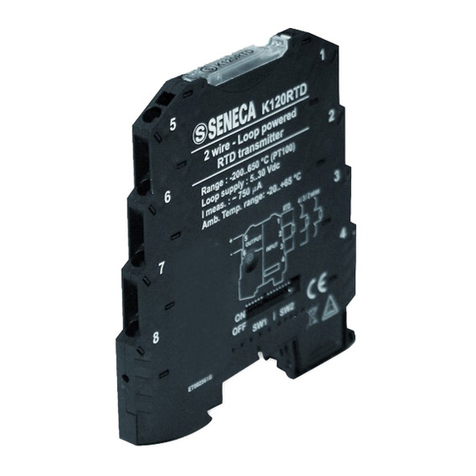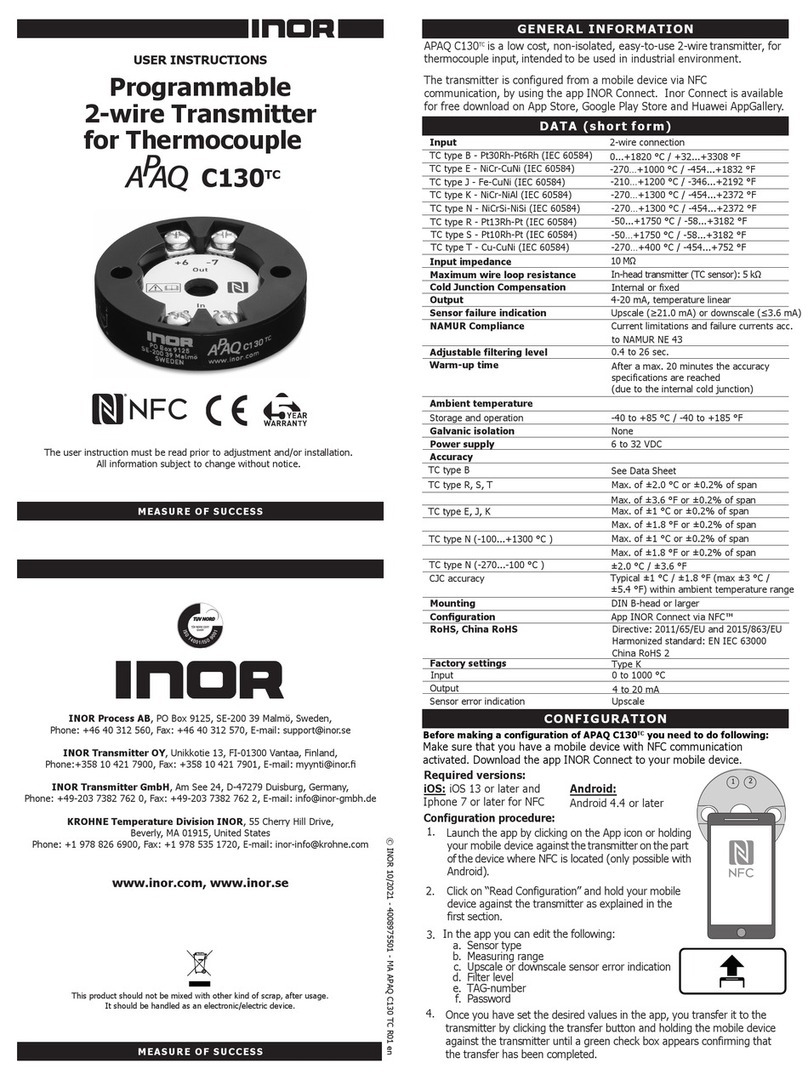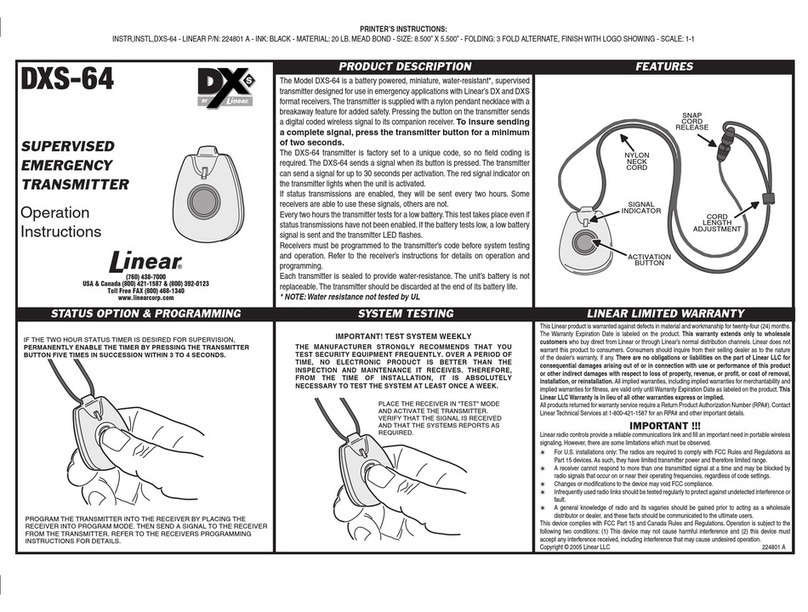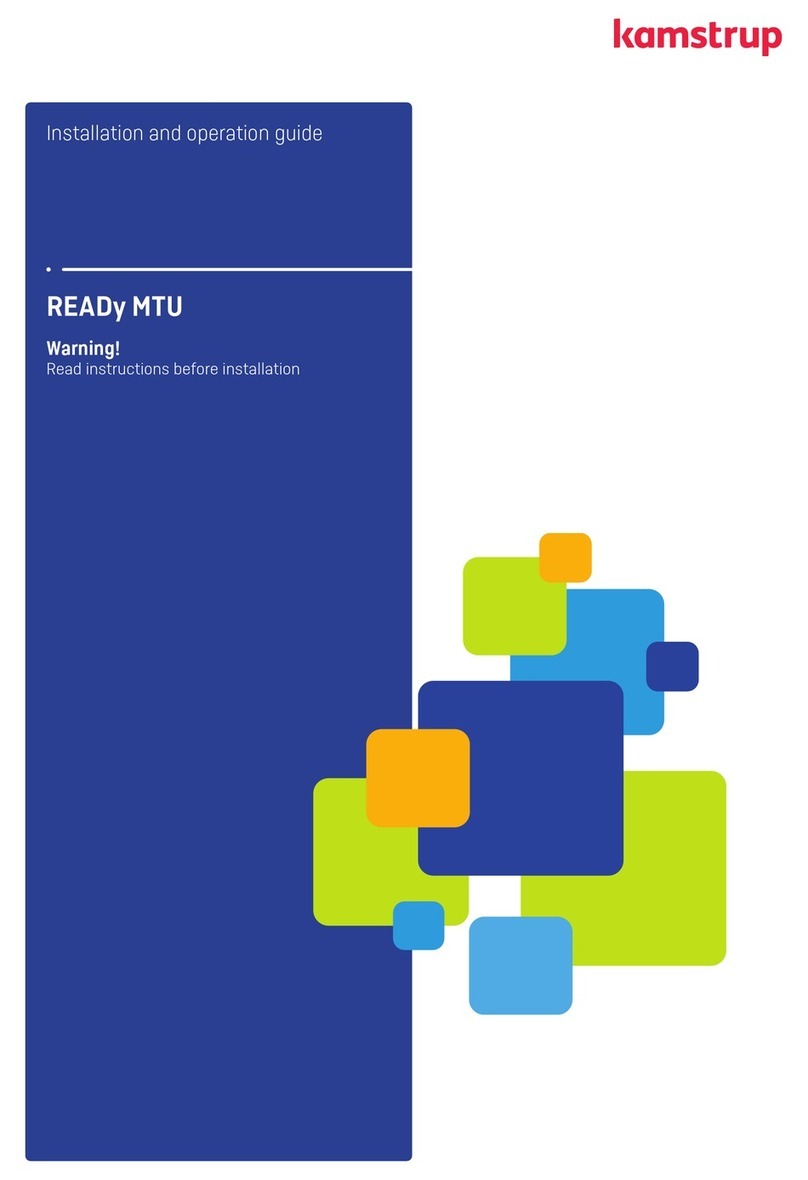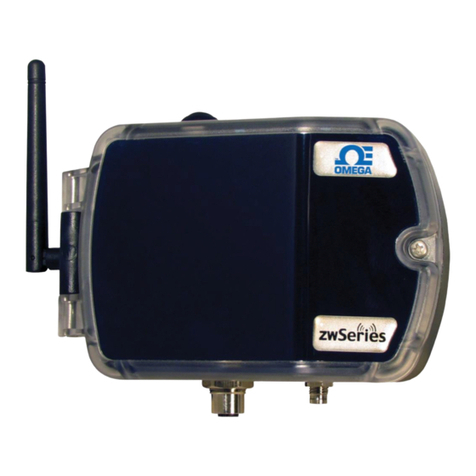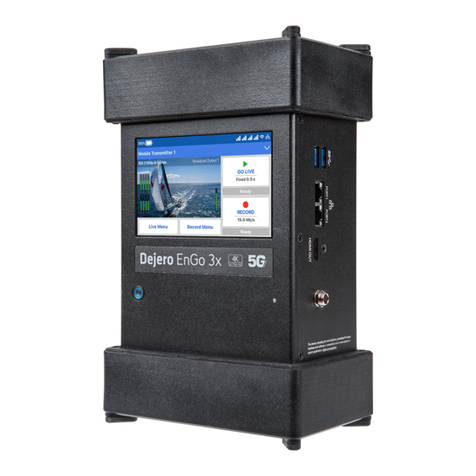
Introduction
Digital Alarm Communications Transmitter’s (DACT) are option cards that mount within 4100 Fire Alarm Control Panels (FACP).
The 4100-0155/4120-0155 Serial DACT,can be programmed to notify the central station when specified events occur, or to report changes to a specific
point’s status.
The 4100-6052 DACT and 4100-6080 Side Mount DACT have four main functions:
• Notifying the central station when specified events occur
• Reporting changes to a specific point’s status to the central station
• Connecting to a DSC TL300 transmitter for connection to a central station via Ethernet line (UL and ULC)
• Connecting to a Bosch C900V2 transmitter for connection to a Central Station through the Ethernet line (UL only)
Phone Line Transmission
The DACT receive system status messages from the host FACP, and communicate the information over the public telephone network to a Digital Alarm
Communications Receiver (DACR) at the central station.
The DACT is connected to two telephone lines, which are not required to be "dedicated" to the fire alarm. They may be connected to other telecom
equipment, but the DACT must be wired electrically "first" in the chain as shown in Wiring a Serial DACT Card Into the System. The telephone lines
must be wired to DACT terminals TB1-2/TB1-3 and TB2-2/TB3-3 to ensure that the DACT can disconnect other telecom equipment in case the phone
line is in use during an emergency. The other telecom equipment is wired to TB1-1/TB1-4 and TB2-1/TB2-4.
The DACT is programmable for pulse or tone dialing, see the ES Panel Programmer’s Manual (574-849) for the programming instructions.
The DACT detects whether or not a telephone line is connected to both inputs. A 4100 system trouble is signaled, both audibly and visibly, if either line
is disconnected.
TL300 Ethernet Transmission (UL and ULC)
The DACT receives system status messages from the FACP using CID codes only. Then, it communicates the information over an Ethernet connection
to a DACR at the central station. The telephone connections on the DACT are connected together, (R1 (TB1-2) to R2 (TB2-2) and T1 (TB1-3) to T2
(TB2-3). Then, a single pair is connected to the TL300 (T1 (TB1-2 of DACT) to T1 and R1 (TB2-3 of DACT) to R1). Since an actual telephone line is not
used, TB1-1/TB1-4 and TB2-1/TB2-4 are not used. The correct IP address and other modes are programmed into the TL300, see programming section
later in this manual.
When the DACT goes off-hook, the TL300 sends a dial tone to the DACT. The panel dials the number of the central station and the TL300 send all the
correct tones so that the DACT believes it is connected to the central station via a telephone line. Upon receipt of the information the TL300 sends the
information to the central station via the Ethernet connection. The TL300 must be mounted within 20 feet, in the same room, in conduit. Power for the
TL300 comes from the FACP. Refer to T-Link TL300 Installation Manual 29034531 for further details.
C900V2 Ethernet Transmission (UL only)
The DACT receives system status messages from the 4100ES using the codes listed on Compatibility. It then communicates the information over an
Ethernet connection to a DACR at the central station. The telephone connections on the DACT are connected together; R1 (TB1-2) to R2 (TB2-2) and T1
(TB1-3) to T2 (TB2-3). Then a single pair is connected to the C900V2.
Note: Since an actual telephone line is not used, TB1-1/TB1-4 and TB2-1/TB2-4 are not used.
The correct IP address and other modes are programmed into the C900V2, refer to the Installation and Programming manual supplied with the
C900V2.
When the DACT goes off-hook, the C900V2 sends a dial tone to the DACT. The panel dials the number of the central station and the C900V2 sends
all the correct tones so that the DACT believes it is connected to the central station through the telephone line. Upon receipt of the information, the
C900V2 sends the information to the central station through the Ethernet connection. The C900V2 must be mounted within 20 feet of the FACP and in
the same room as it. It must also be enclosed in a conduit or be equivalently protected against mechanical changes.
Illustration
Figure 1 is an illustration of Serial DACT card 566-787. The circuit boards for all DACTs described in this publication are identical.
page 2 574-836 Rev. R
4100/4120 Series Digital Alarm Communications Transmitters Installation Instructions
